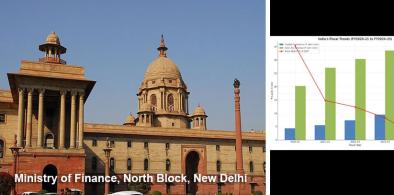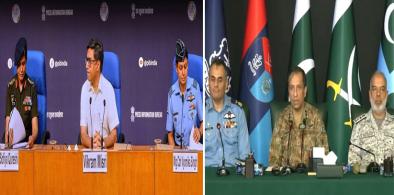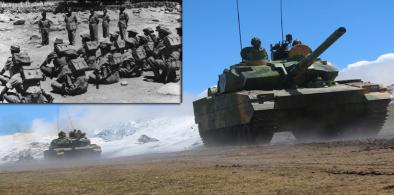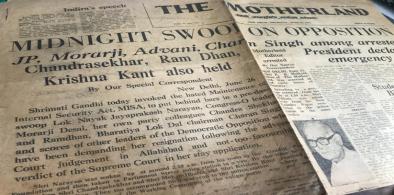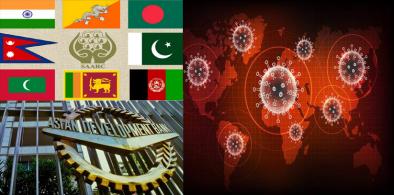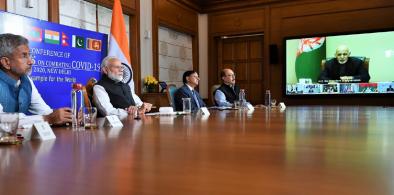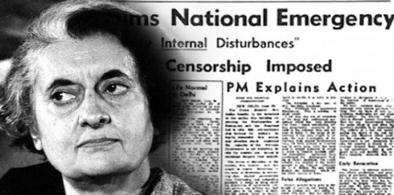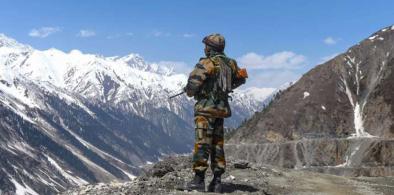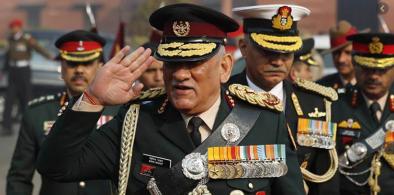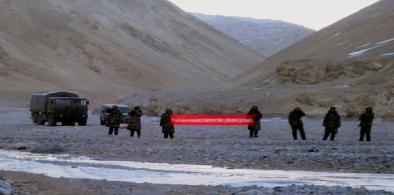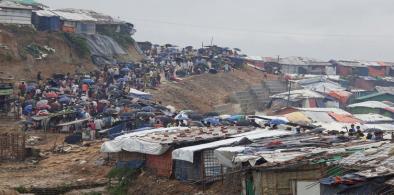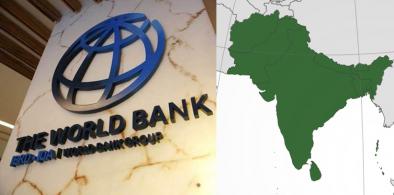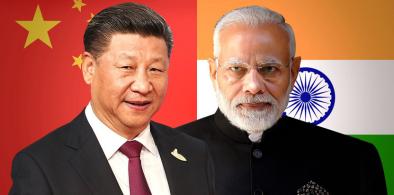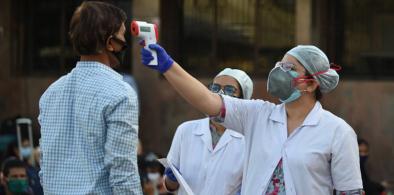In the current scenario, although India being a peaceful country does not want war with anyone, especially with China, India has developed infrastructure at the borders, strengthened its defence forces and has strategic relations with several countries, writes Jai Kumar Verma for South Asia Monitor
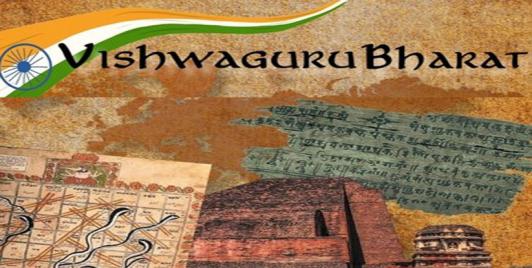
Is India Chasing A Mirage? Theatrical Diplomacy No Substitute For Strategic Power
The warm reception given to Pakistan's Army Chief in Washington is more than symbolic. It indicates Washington's strategic calculation—that India, despite its rhetoric, is becoming a more problematic partner. Washington, while not forsaking India, is hedging its bets. Its embrace of Pakistan is a backup plan.
India’s Fiscal Scorecard 2.0: Can It Turn Potential Into Performance In Decade's Second Innings?
India’s states play an outsized role in public spending accounting for nearly +/- 60% of total government expenditure. However, their fiscal health varies greatly across pan India. As someone closely observing both macroeconomic trends and grassroots governance models, I notice a growing divide between states that follow prudent fiscal practices and those still trapped in populist spending cycles.
Guns, Governments and Greed: The Global Nexus of War and Power
When democracies embrace the traits of war economies and view peace as a sign of weakness, we need to question not about those who benefit from war, but rather about those who continue to engage in it. Not only does it include safety, but it also includes power, contracts, careers, and control.
Op Sindoor: Did India Win Militarily But Lose The Narrative War?
The age of overt, high-visibility strikes is diminishing in returns. Covert operations, cyber infiltration, and disrupting terror logistics silently deliver greater impact at a lower political cost. India needs to establish a dedicated Psychological and Information Warfare Command, rather than relying solely on MEA press briefings or tweets from leaders.
India-China standoff: Need to be prepared for two-and-half front war (Part III of three-part series)
India's armed forces need to transform itself to deter and if necessary fight and win a two-front war, and ensure that both China and Pakistan will bear the consequences of military and national embarrassment, writes Lt Gen PR Kumar (retd) for South Asia Monitor
When democracy died in India - and people triumphed
That fateful March 1977 election vindicated Indian democratic traditions and proved the triumph of freedom over bread, writes Tarun Basu for South Asia Monitor
COVID-19 and the world of work: Contours of policy design for South Asia
The distribution of the COVID-19 package across countries of the South Asian region shows that India has been one of the largest beneficiaries but the per capita package is lower than the Maldives and Bhutan due to the smaller population of these countries, writes Partha Pratim Mitra for South Asia Monitor
India steps up health diplomacy to build new narratives in multilateralism
Although the COVID-19 crisis has provided an immediate context for Indian outreach, health has been for years on its foreign policy agenda and New Delhi has been quite active in promoting global health partnerships, writes Saroj Mohanty for South Asia Monitor
When history was made in India 45 years ago: Lessons from the Emergency
June 25, 2020, is the 45th anniversary of the infamous Emergency imposed on the country by Mrs. Gandhi, even while countrywide protests had erupted against her continuation in power, writes Vinod Aggarwal for South Asia Monitor
India-China border clash: Is there a way forward? (Part II of three-part series)
We need to step out of the stated and irrevocable positions taken, think out of the box, accept existing ground realities, create the right atmospherics amongst the people and international community and come up with a pragmatic solution, writes Lt Gen P R Kumar (retd) for South Asia Monitor
Indian Army must be allowed to respond appropriately to Chinese border bullying
The gloves are indeed off. Now New Delhi must ensure that the Indian Army’s mountain corps is made fully ready to foil further Chinese military moves, writes Anil Bhat for South Asia Monitor
Recasting Chief of Defence Staff role: Need to generate a culture of strategic thinking in India
Potential Indian defence ministers will have to be qualified to carry out the duties and responsibilities of that office effectively. This will automatically generate a culture of strategic thinking in the political rank and file, writes Lt Gen (Dr) Yash Malhotra (retd) for South Asia Monitor
India and China: Twain can never meet
The Chinese are extremely wary and suspicious of India's growing closeness with the US and feel that the US was seeking to "draw a line" around China, writes Tarun Basu for South Asia Monitor
Chinese ingress in eastern Ladakh a collusive move with Pakistan?
China’s message to India is loud and clear that it has absolutely no intention to withdraw soon. It has also proved that the collusive support of China and Pakistan to each other against India has been translated into reality, writes Lt Gen Rameshwar Roy (retd) for South Asia Monitor
COVID-19 has worsened the dire humanitarian crisis in Rohingya camps in Bangladesh
Since Bangladesh is among the lowest testing countries, Rohingyas living in these makeshift camps are largely deprived of testing for COVID-19, writes Shanjida Shahab Uddin for South Asia Monitor
As South Asia battles COVID-19, time for strengthening regional trade connectivity
Experts feel that the outbreak of the COVID-19 pandemic has brought about new opportunities for regional cooperation in South Asia with the setting up of an emergency fund of $10 million to fight the pandemic with India's initiative, writes Partha Pratim Mitra for South Asia Monitor
India-China dynamics in turbulent times: Civilisational ties and border dispute (Part I of three-part series)
While India never had hegemonistic tendencies, China the ‘middle power’ always wanted to restore its past glory by any means, which included grabbing/occupying land and maritime zones based on its perception of past ownership, writes Lt Gen P R Kumar (retd) for South Asia Monitor
India’s battle against COVID-19: Response efficiency has varied from state to state
The efficiency of response has varied across India. Kerala, Karnataka, Odisha, Andhra Pradesh, Rajasthan, Punjab, Haryana and the Northeastern states responded well, with strong public health measures combined with empathetic social services, writes Prof. K. Srinath Reddy for South Asia Monitor



